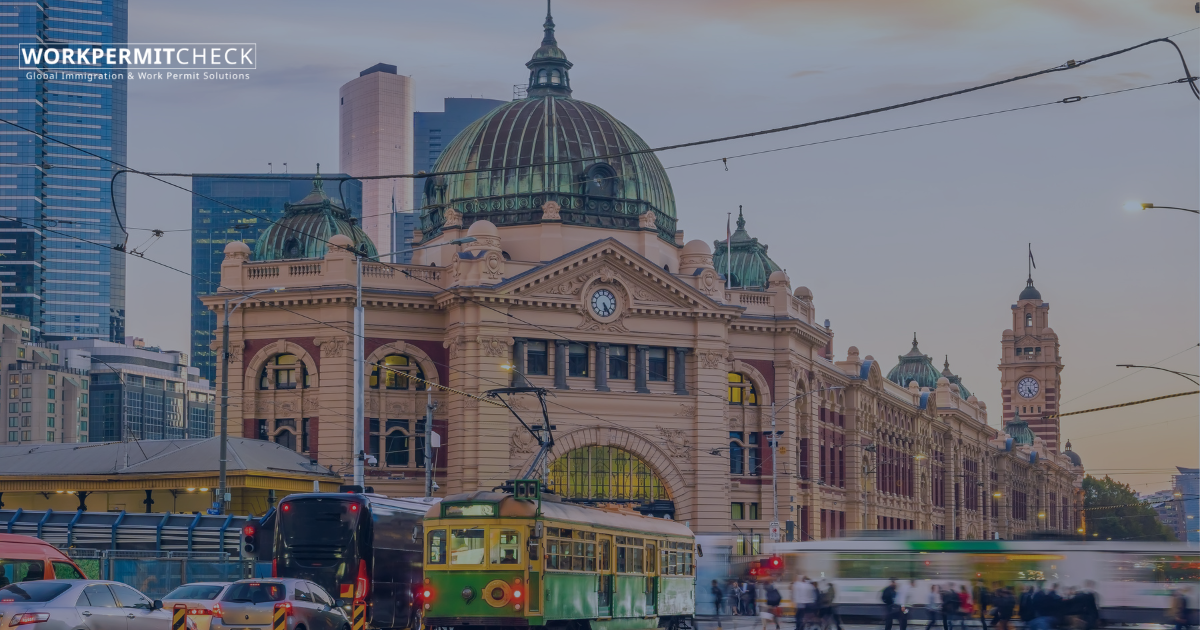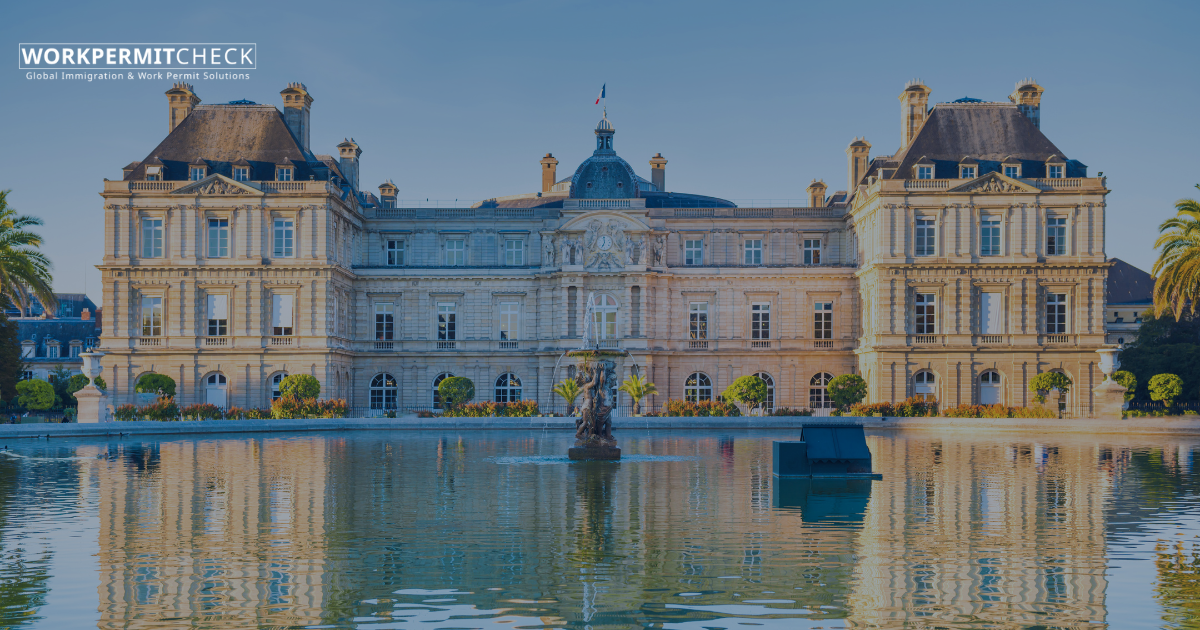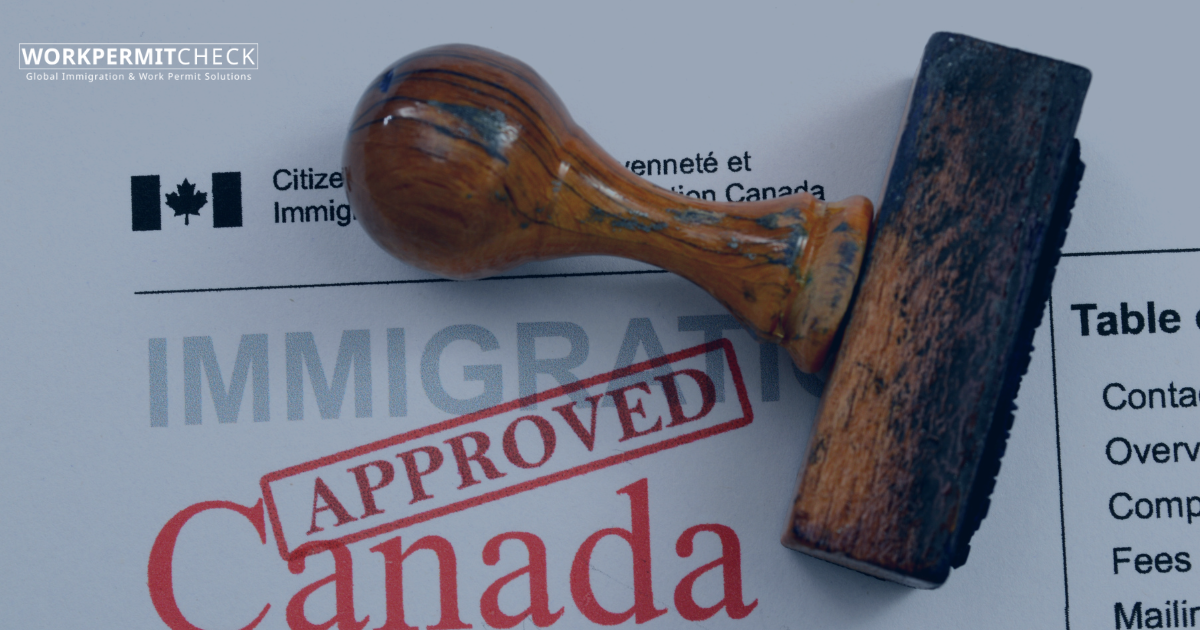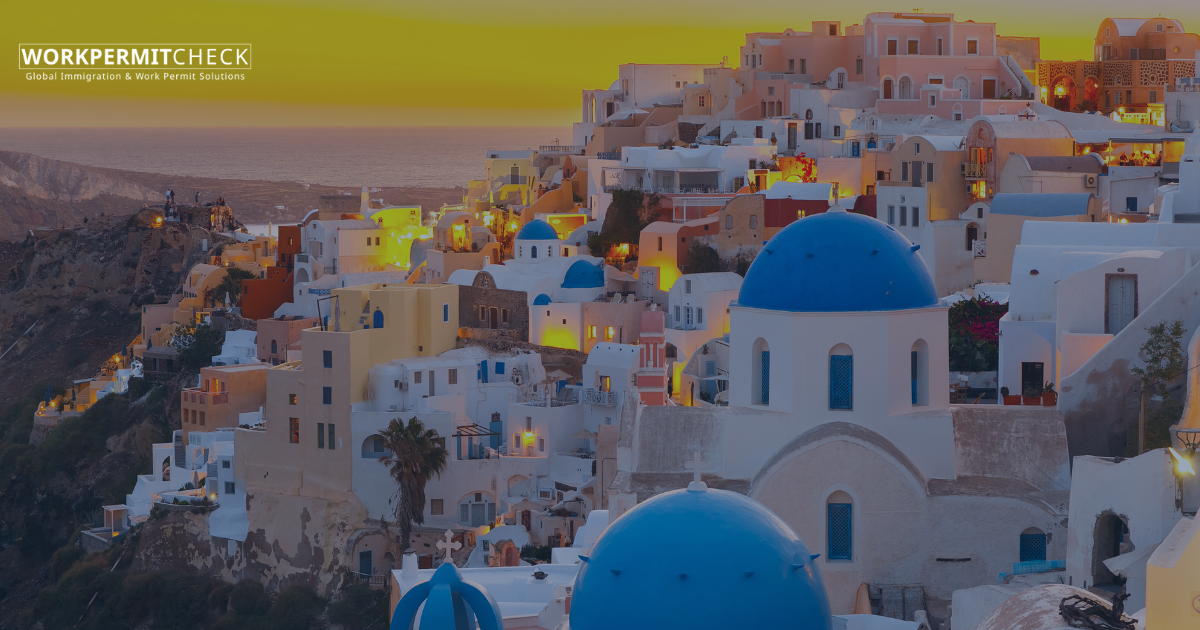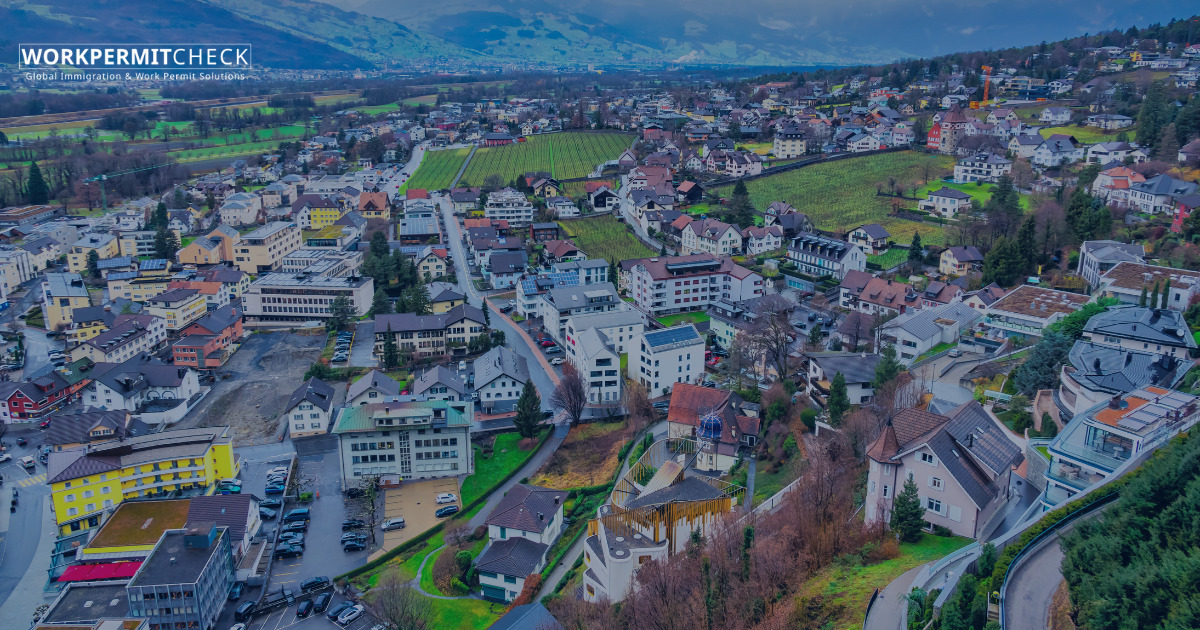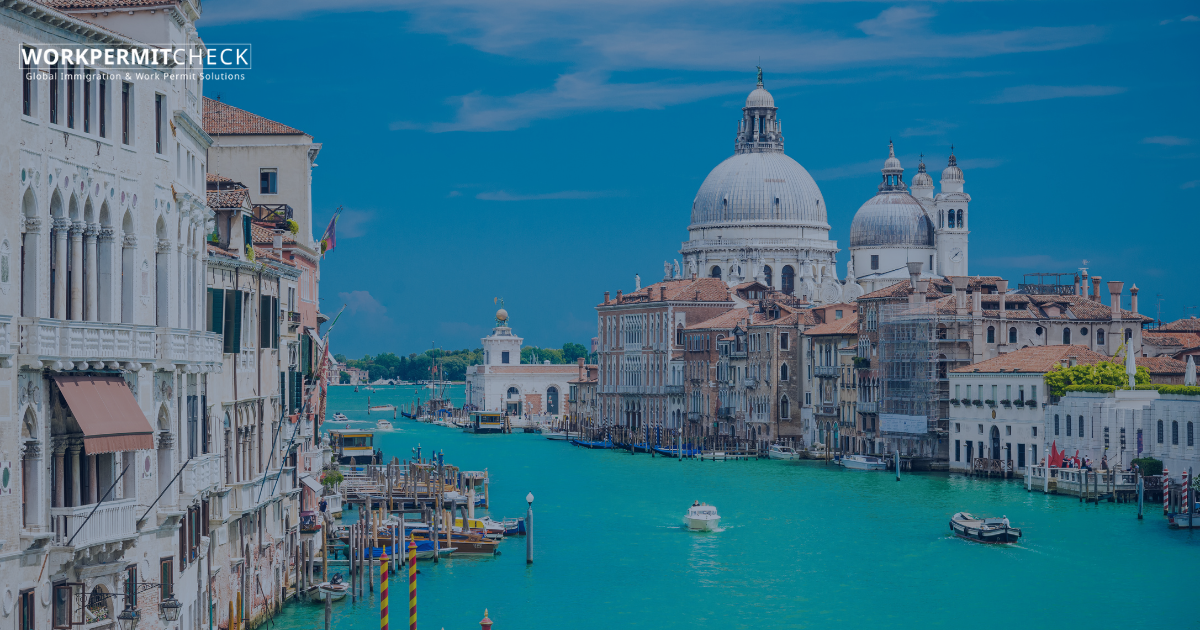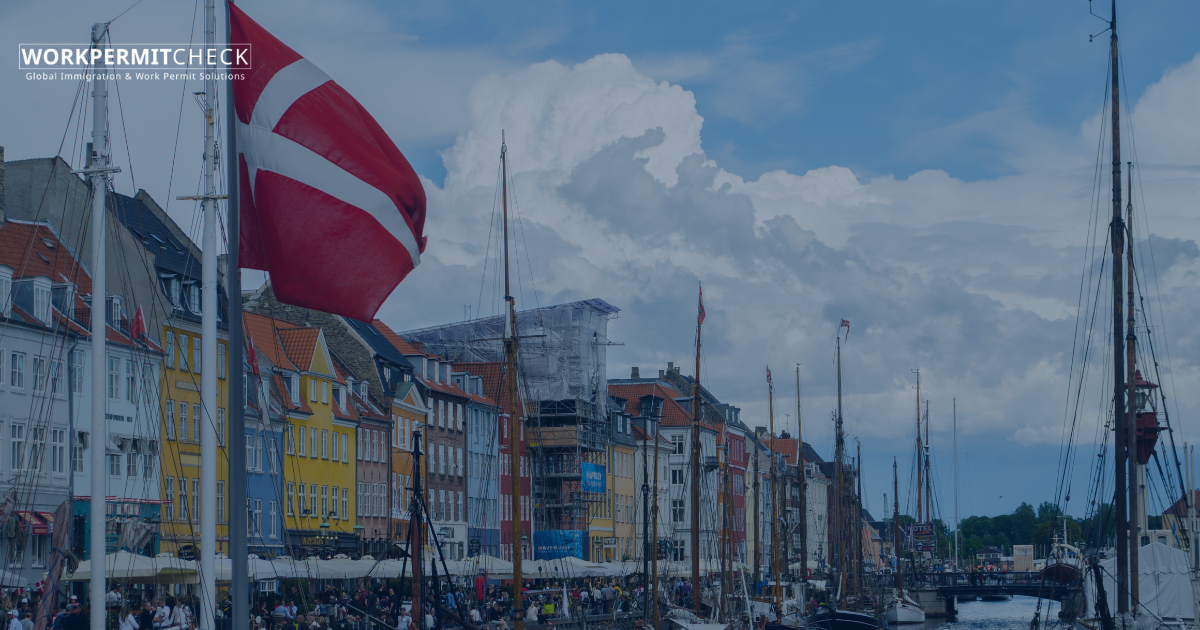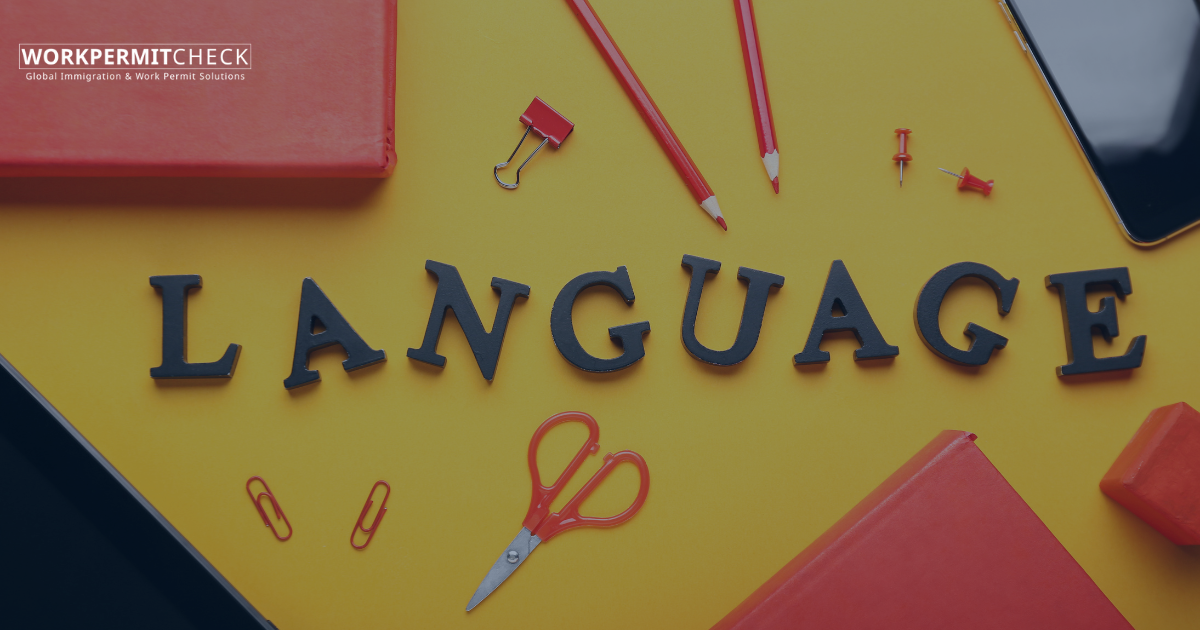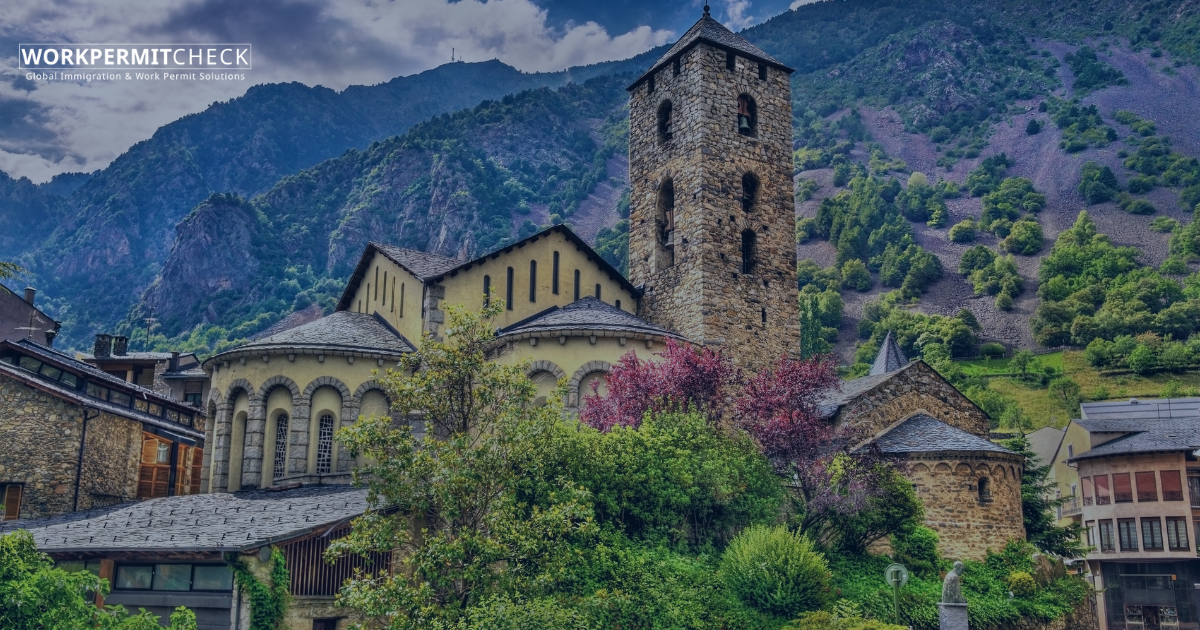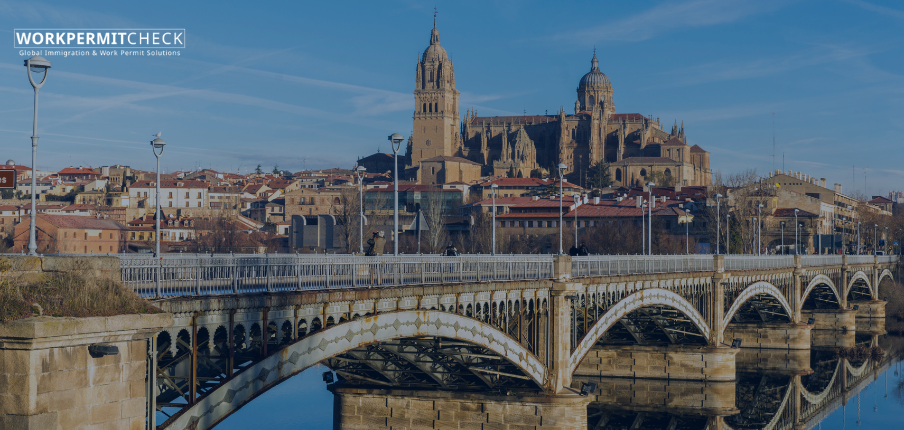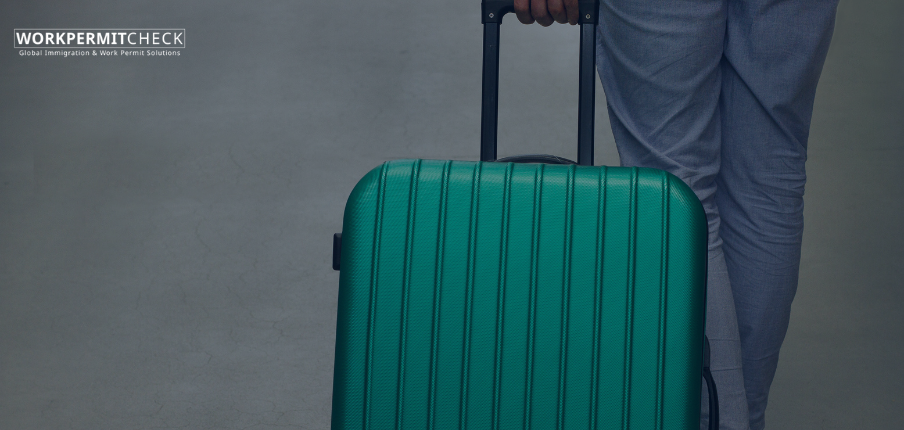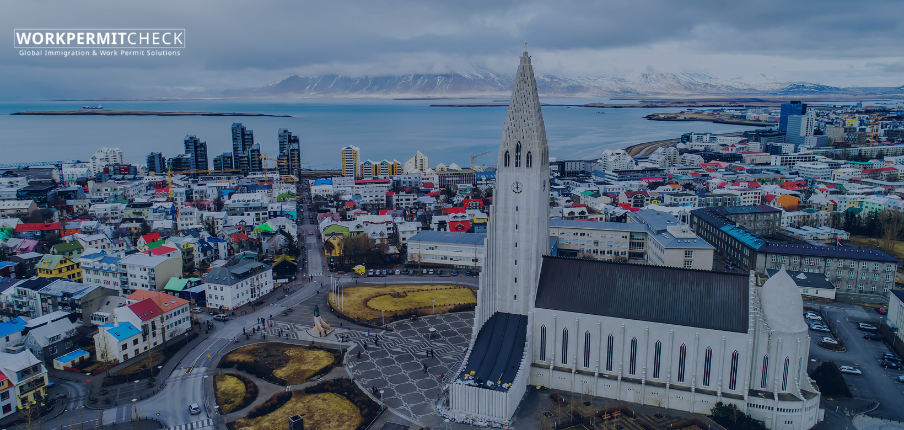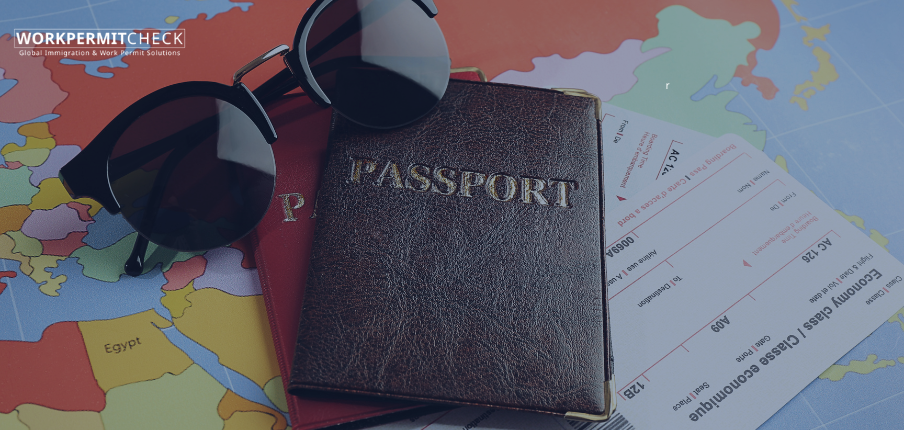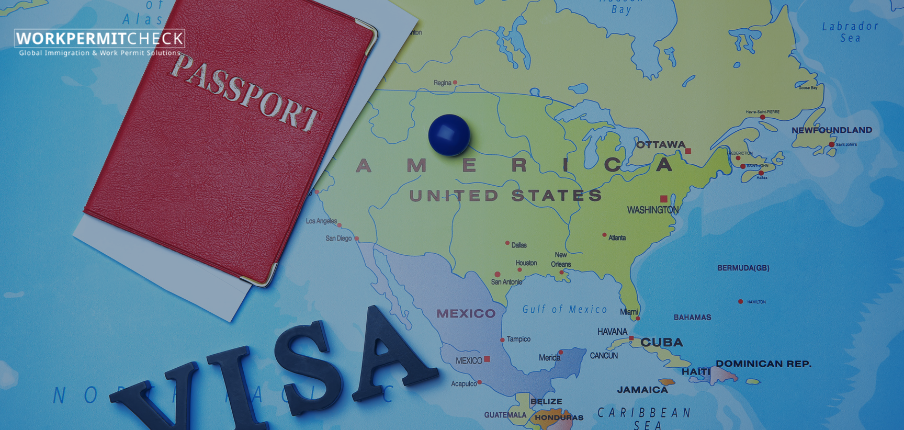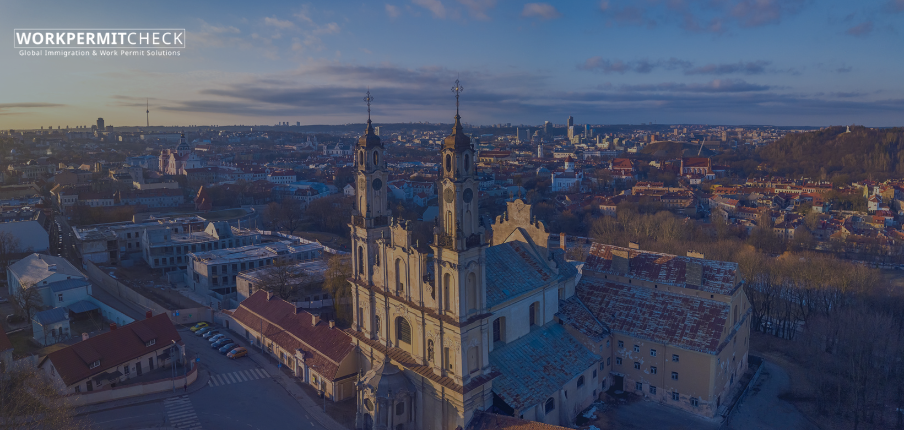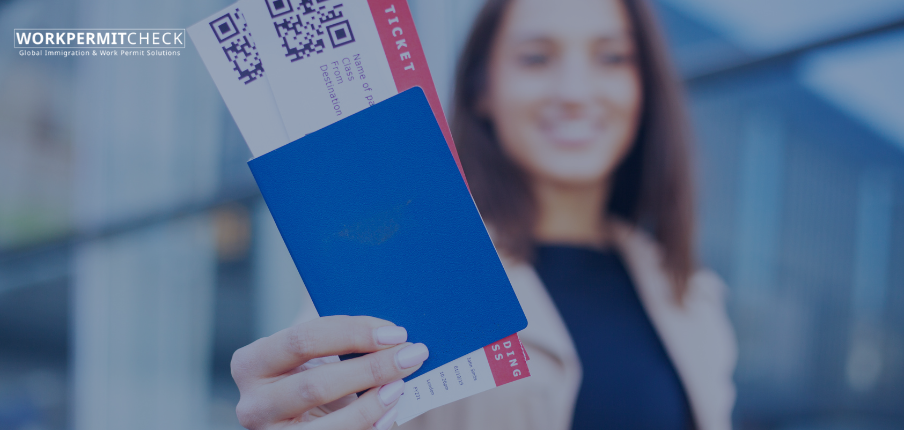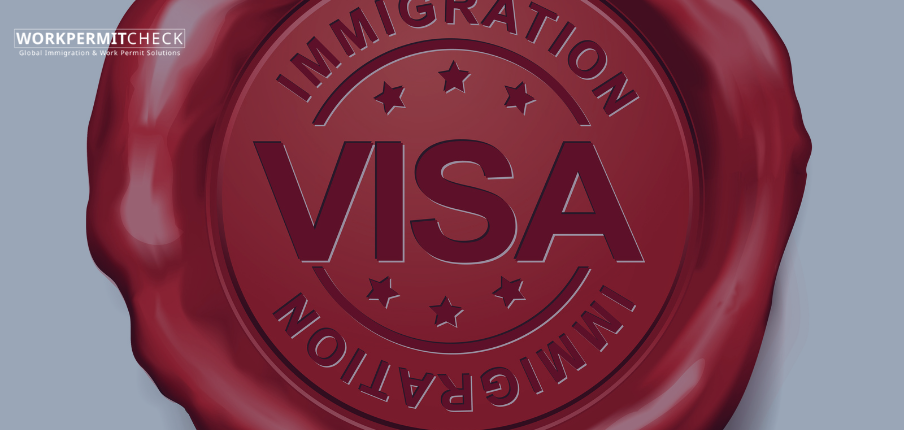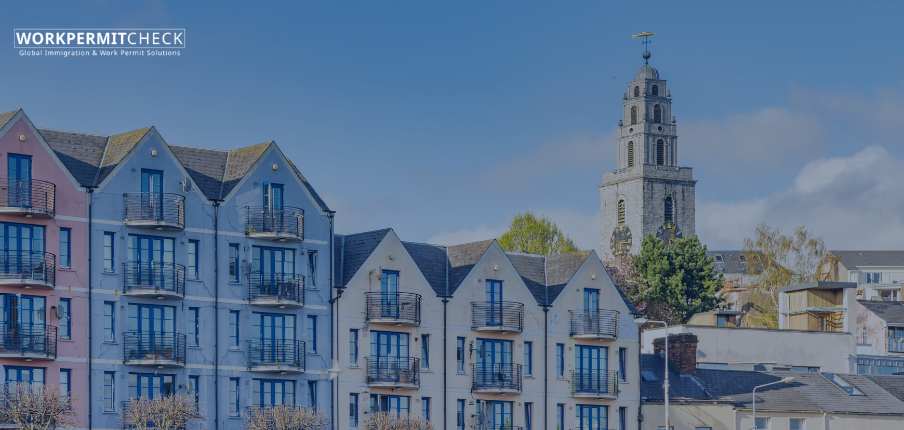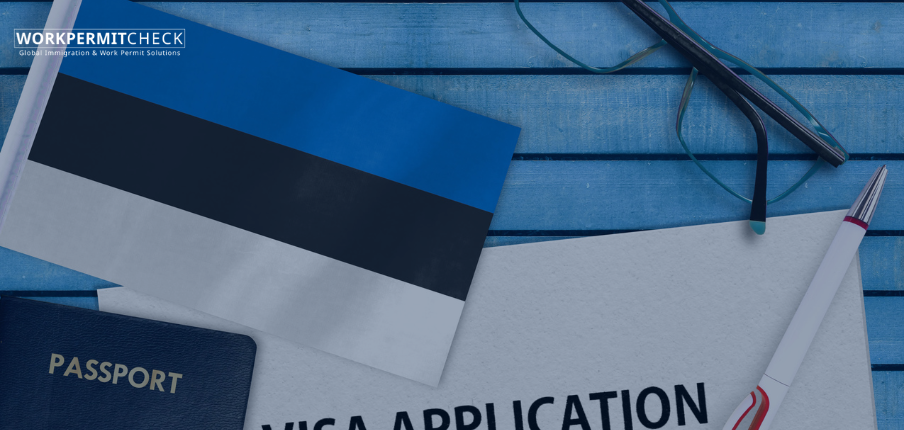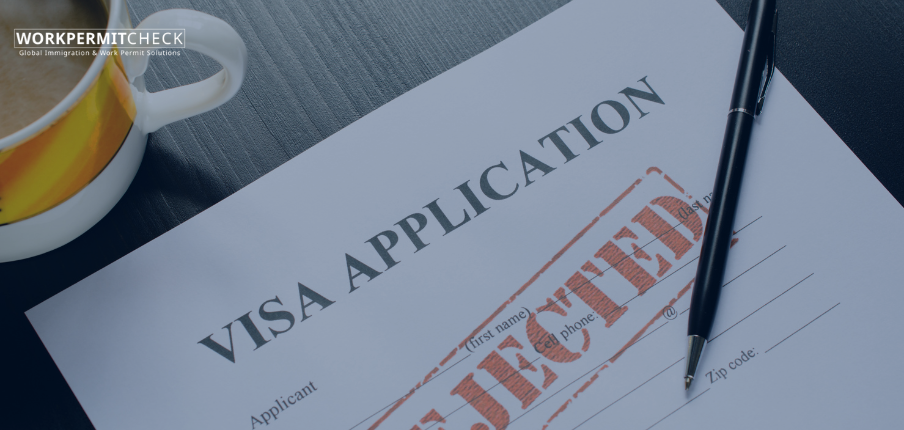San Marino, the world’s oldest republic, is a unique microstate completely surrounded by Italy. Although it is not a member of the European Union or the Schengen Area, it has close administrative arrangements with Italy for border, residency, and visa matters. This arrangement affects how foreign students can live and study there.
No Separate Entry Visa — But Residency Rules Apply
San Marino does not issue its own entry visas. Entry into San Marino is governed entirely by Italian and Schengen visa policy. There are no border controls between Italy and San Marino, so if you can legally enter Italy, you can enter San Marino freely as a tourist.
However, if you wish to stay long-term in San Marino as a student, you must comply with San Marino’s own residence permit rules, which are separate from the Italian system.
Studying in San Marino: What to Know
San Marino has a small but active higher education sector, with institutions such as the University of the Republic of San Marino (Università degli Studi della Repubblica di San Marino). It offers various undergraduate, postgraduate, and research programs, often in collaboration with Italian universities.
If you are accepted into a program:
-
Entry Visa for Italy:
-
Non-EU/EEA nationals must first apply for a Schengen visa (typically a D-type National Visa for study if they intend to stay more than 90 days). This is done through the Italian consulate in your home country.
-
This visa allows you to enter Italy and, by extension, San Marino.
-
-
San Marino Residence Permit for Study:
-
Once in San Marino, you must apply for a residence permit for study purposes through the Civil Status and Immigration Office (Ufficio di Stato Civile e Immigrazione).
-
Your university typically provides guidance on this process.
-
Documents Generally Required
To get a residence permit for study, you will likely need to show:
-
Proof of admission to a recognized educational institution in San Marino.
-
Valid passport and visa for Italy if required.
-
Proof of accommodation within San Marino.
-
Proof of sufficient financial means to support yourself.
-
Health insurance valid in San Marino and Italy.
-
A clean criminal record certificate may be requested for long stays.
How Long Can You Stay?
A residence permit for study is usually valid for the duration of your course, but often issued for one year at a time and renewable if you remain enrolled and meet the requirements.
Working While Studying
There is no automatic right to work in San Marino while holding a residence permit for study. If you wish to work part-time or do an internship, you generally need a separate work authorization from the Labour Office, which must be arranged by the employer and comply with local labor quotas.
EU/EEA Students
Students from the EU or EEA benefit from easier procedures because of San Marino’s special agreements with Italy and the EU. However, even EU students must apply for a residence permit if they plan to live in San Marino for longer than a short visit.
Practical Tip
Most foreign students choose to live in nearby Italian cities like Rimini and commute daily, which simplifies legal requirements since they remain under Italian residence rules.
Final Thoughts
San Marino is an attractive destination for specialized study, especially for students interested in history, architecture, and niche academic fields. However, its unique position means you must plan carefully and understand both Italian entry rules and San Marino’s local residence permit process.
Disclaimer:
This article is for general information only and does not constitute legal advice. Immigration policies and residence rules can change. Always check with the University of San Marino and official government offices or consult a qualified immigration adviser before making any travel or study plans.



